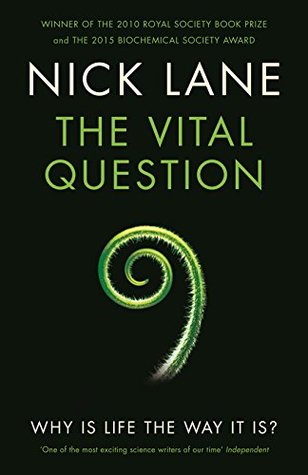You might think this is just playing trivial games with numbers, that it holds no real meaning. I must confess that worried me too – these numbers are quite literally incredible – but this theorising does at least make a clear prediction. Giant bacteria should have thousands of copies of their full genome. Well, that prediction is easily testable. There are some giant bacteria out there; they’re not common, but they do exist. Two species have been studied in detail. Epulopiscium is known only from the anaerobic hind gut of surgeonfish. It is a battleship of a cell – long and streamlined, about
...more
This highlight has been truncated due to consecutive passage length restrictions.


